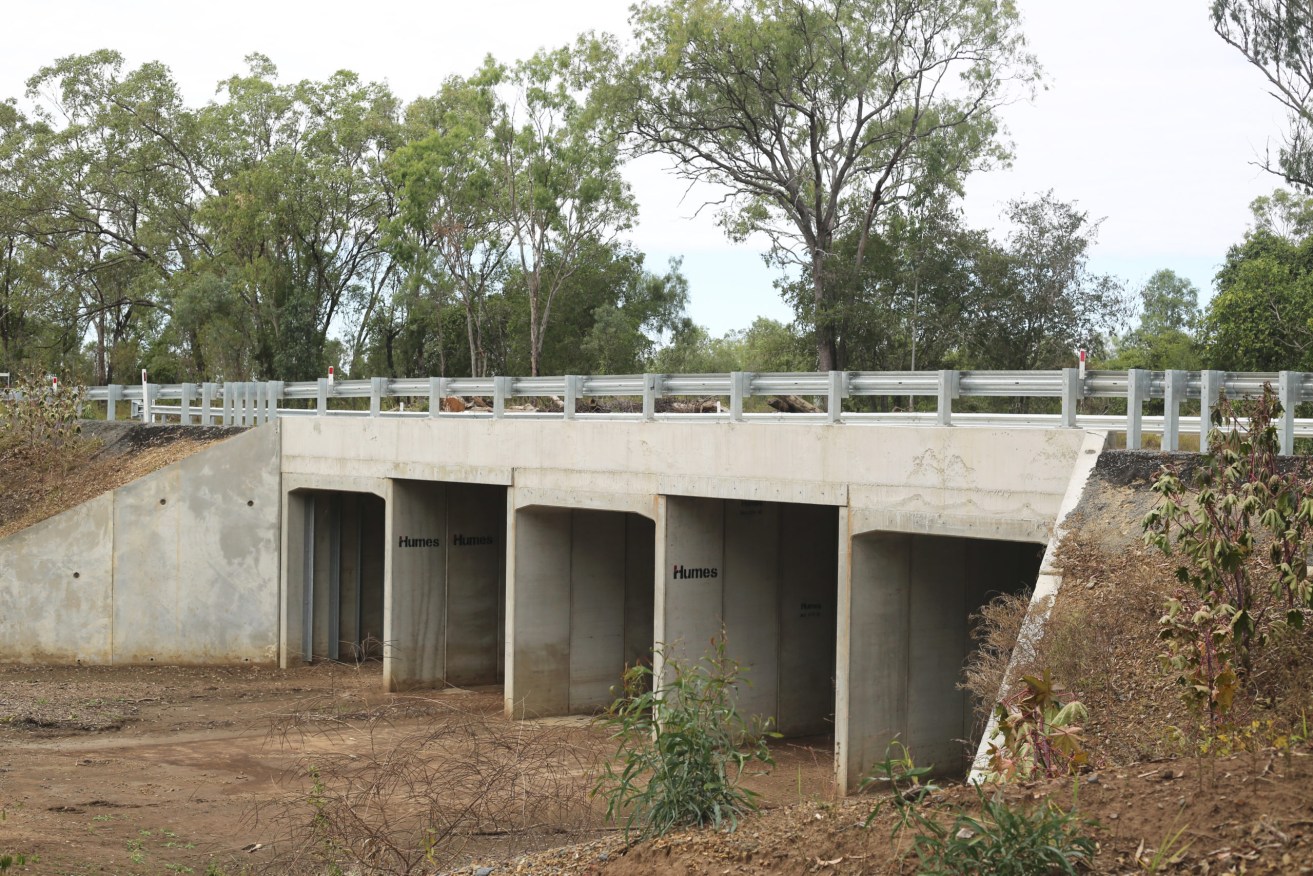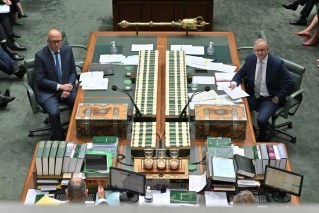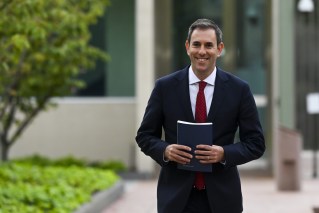Wooden it be nice: The unsung program building our bridge to the future
It didn’t produce many headlines but that failed to dull the delight of some Rockhampton locals that their corner of the world had finally rid itself of its last rickety timber road bridge.


The new bridge, on Glenroy Road over Louisa Creek, is now a gleaming new concrete structure capable of carrying loads of up to 70 tonnes compared with the meagre 15 tonne capacity it used to struggle with.
It was the latest example of a largely unsung Federal Government initiative – the $760 million Bridges Renewal Program – which helps local councils carry the cost of improving and maintaining one of the nation’s less robust classes of public infrastructure.
Rockhampton councillor Ellen Smith said the new bridge would allow B-double trucks to access parts of the region that had to make do with other ways to transport freight.
“The old wooden bridge required regular maintenance to keep it in a safe and functioning condition,” Smith said.
Bridge maintenance is core businesses for councils. The very existence of local government in Queensland owes much to the need to raise revenue for building and maintaining roads and bridges.
But few local councils in Queensland have the luxury of being on top of managing their bridges.
Queensland councils manage about 2800 bridges in the state, of which about 800 are timber constructions. Nearly 30 per cent of them are in poor or very poor condition, and not all are located on remote bush roads.
For example, the timber Gresham St Bridge in Ashgrove – 5kms from the Brisbane CBD – is only now being replaced by a new concrete span to double its load limit.
The Gold Coast, hardly a small rural shire, has recently received $2 million from the federal government to help pay for replacing busy Boyd’s Bridge in the Currumbin Valley with a concrete structure.

The Scenic Rim region, also in south-east Queensland, has 131 council-maintained bridges, 84 of which are timber structures. Some are more than 60 years old, built when traffic and freight volumes were much lower than they are now.
Such a burden has been left largely to local councils to bear. State-controlled timber bridges number just 300.
The story is petty much the same across Australia. The latest State of the Assets report from the Australian Local Government Association reports that, nationally, just 44 per cent of council-controlled timber bridges were in good or very good condition. One in five (21 per cent) were in poor or very poor condition.
For a country notable for its reliance on road freight to help drive its economy, it is little wonder there is consensus on having the Bridges Renewal Program made a permanent feature of the federal budget.
Some councils like Mareeba Shire Council are opting to renew their timber bridges rather than replace them with concrete structures. Cost is the reason.
Restoring a timber bridge is estimated to cost from $600 to $1200 per square metre, compared with up to $6000 per square metres for a new concrete bridge.








